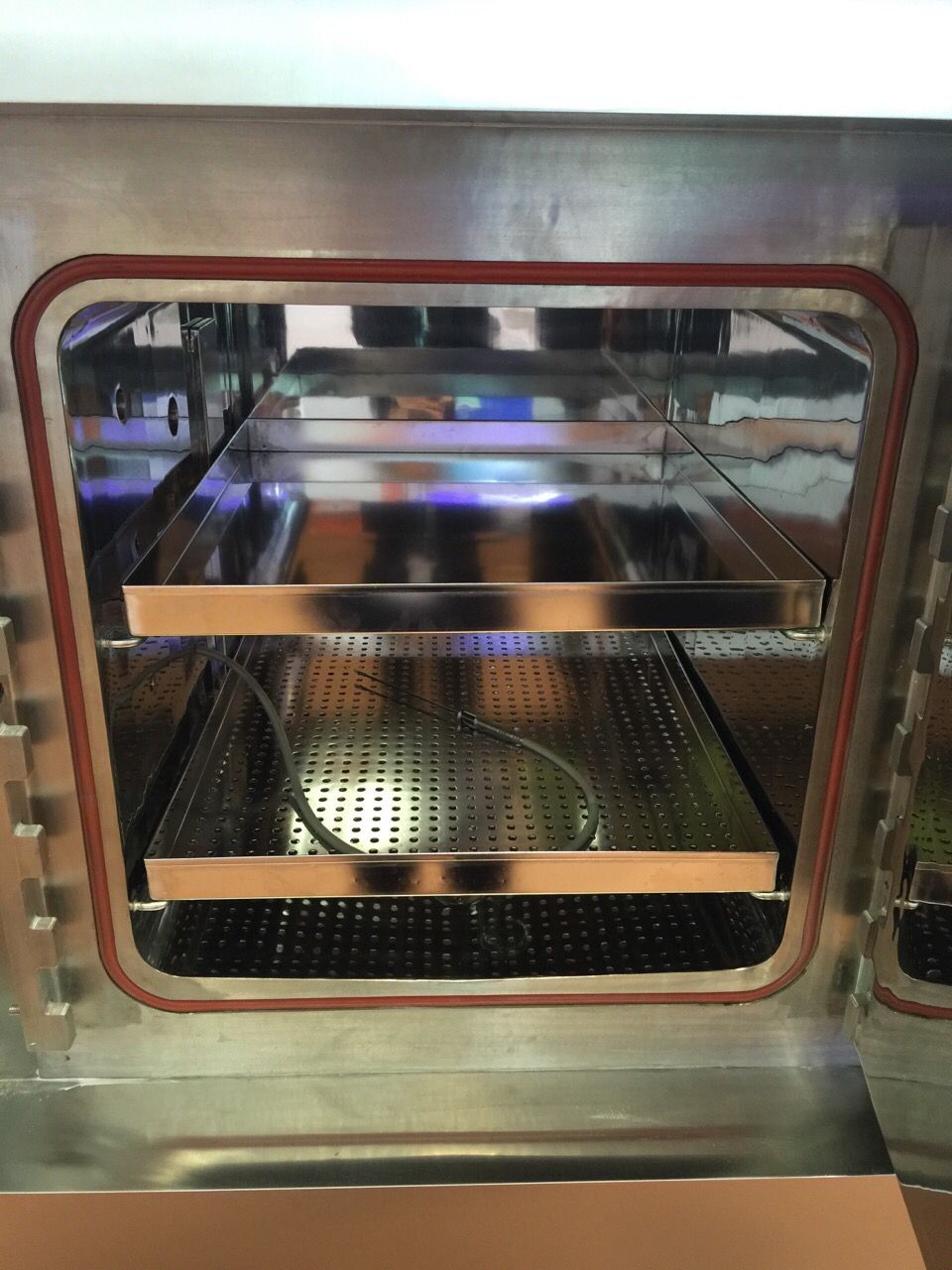Physical sterilization methods: 8 common sterilization technologies with precise control and reliable effects.
Quickly master them and make your sterilization business handy.
Author: Jules Hsu 17 Feb. 2025 Catalog:Sterilization method
Physical sterilization methods primarily use physical means to eliminate or kill microorganisms, without relying on chemical agents. Below are several common physical disinfection and sterilization methods.
Thermal Methods
Thermal disinfection and sterilization methods include dry heat methods and moist heat methods. The dry heat method consists of ordinary dry heat and far-infrared dry heat.
Dry Heat Sterilization
This method utilizes high temperatures of 120°C to 150°C in a constant temperature drying oven, maintained for 90 to 120 minutes, to kill bacteria and spores, achieving sterilization. It is mainly suitable for sterilizing glassware, metal instruments, and items that cannot be exposed to steam, which are not easily damaged by high temperatures. Items sterilized using this method are dry and easy to store.
Moist Heat Sterilization
The pressure steam moist heat sterilization method is currently the most commonly used sterilization method. It utilizes high-pressure steam and the latent heat present in the steam environment, along with its good penetration ability, to coagulate and denature microbial proteins, leading to microbial death. It is suitable for sterilizing fabric work clothes, various containers, metal instruments, rubber stoppers, distilled water, cotton plugs, paper, and certain culture media. The steam pressure in a pressure steam sterilizer is generally adjusted to 1.0 to 1.1 kg/cm², maintained for 20 to 30 minutes to achieve sterilization. OSR produces various steam sterilizers that can meet the diverse application scenarios of pharmaceutical companies, laboratories, and medical institutions.
Ultraviolet irradiation method
Ultraviolet rays are a very effective physical disinfection and sterilization method. Ultraviolet rays can destroy the genetic material of microorganisms, thereby preventing their reproduction and growth. Ultraviolet sterilization equipment is widely used in air purification, water treatment, medical equipment disinfection and other fields.
The method of using ultraviolet lamps for irradiation and sterilization. Ultraviolet rays are a low-energy electromagnetic radiation that can kill a variety of microorganisms. The mechanism of ultraviolet rays is to inactivate microorganisms by destroying their nucleic acids and proteins. Suitable for sterilization of laboratory air, floors, and operating tables. The sterilization time is 30 minutes.
Far infrared method
The far infrared high-temperature disinfection cabinet is mainly based on physical principles, using far infrared rays to generate heat, and generating a high temperature of 120 degrees in a closed cabinet for sterilization and disinfection. This disinfection method has the characteristics of fast speed and strong penetration. Tableware and tea sets commonly used in daily life can be placed in the cabinet for high-temperature disinfection.
Microwave irradiation method
Microwave sterilization is sterilized through special thermal and non-thermal effects. Therefore, compared with conventional thermal sterilization, it has the characteristics of low temperature and short time sterilization. Therefore, it is not only safe and secure, but also can keep the nutrients of food from being lost and destroyed.
Ionizing radiation method
Radiation sterilization mainly relies on electromagnetic radiation to destroy the genetic material of microorganisms, such as X-rays, gamma rays and electron beams. This method is mainly used in medical devices, food and medicine, etc., which can effectively kill microorganisms and ensure the sterility of products.
Laser and plasma methods
Plasma sterilization technology is a new generation of high-tech sterilization technology, which can overcome some limitations and shortcomings of existing sterilization methods and improve the disinfection and sterilization effect. For example, for plastics, optical fibers, artificial crystals and optical glass materials that are not suitable for high-temperature steam and infrared disinfection, metal objects that are not suitable for microwave treatment, and places such as gaps and corners where it is difficult to achieve disinfection effects, this technology can achieve good sterilization at low temperatures without damaging the treated items.
Filtration sterilization method
A method of filtering liquids or gases through a microporous filter membrane to retain microbial particles such as bacteria that are larger than the pore size of the filter membrane, thereby achieving sterilization. Filtration sterilization is mostly used for reagents, enzyme solutions, serum, culture fluids, etc. that are easily decomposed and denatured when exposed to heat and become ineffective.
At present, microporous filter membrane metal filters or plastic filters are commonly used for positive pressure filtration sterilization, or glass bacterial filters and filter balls are used for negative pressure filtration sterilization. The pore size of the filter membrane should be within the range of 0.22-0.45 μm or a smaller bacterial filter membrane should be used. After the solution passes through the filter membrane, bacteria and spores are blocked because they are larger than the pore size of the filter membrane, and the adsorption effect of the filter membrane is used to prevent bacteria smaller than the pore size from passing through.
The common characteristics of physical disinfection methods are
- Reliable sterilization effect and stable performance: Heat, radiation, and electromagnetic waves are generated by certain special equipment and act in the form of energy, and have a fixed mechanism of action on biological factors.
- The dosage can be accurately controlled: the production volume can be artificially controlled and easy to standardize.
- No pollution to the natural environment, easy to produce and manage.

